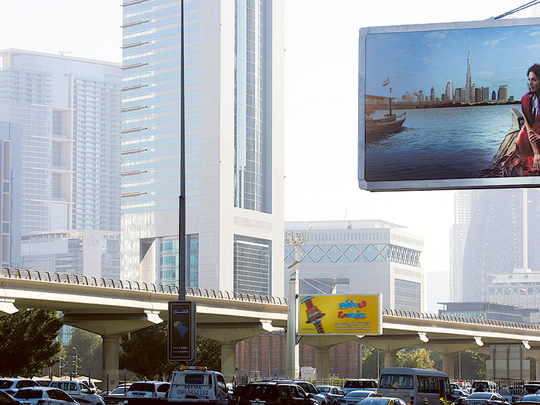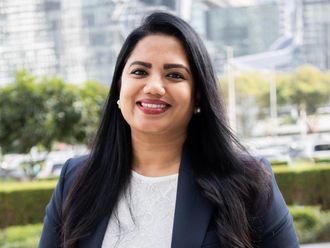
Dubai: Advertisers in the UAE have got themselves some respite for the New Year – they will not have to deal with any sort of increase in media rates across all platforms.
Obviously, media owners, including those that occupy the still growing digital ad space, realise fully well that the current environment is not conducive to an upward revision, even minor ones.
If at all, some media platforms are experimenting with slight tweaks in a bid to shore up their ad billings rather than go in for a hike. “These are more in the nature of corrections or add-ons rather than a major pricing initiative on the media owners’ part,” said Satish Mayya, CEO at the media buying agency BPG Maxus.
“This is being seen at some of the local radio stations, where they have extended the number of hours they rate as the peak listening period. This way they can generate higher ad revenues for those peak hours.”
According to current industry estimates, a top-tier radio station can ask for – and get – Dh900-Dh1,000 for a 30-second spot for programming during the peak period. For stations further down the scale, the corresponding rates could be Dh250-Dh450.
Satellite TV broadcasters, who had effected fairly sharp upward rate revisions for commercials in recent years, too have decided to hold the line this time. Even then, any advertiser wanting a spot to go along with some of the most popular reality shows or Arabic series need to fork out $10,000 for a 30-second spot. For those Arabic content further down the popularity charts, these would be in the range of a still hefty $2,000 a pop. The Middle East beam of south Asian channels are relatively cheap – at $150-$300 for 30 seconds.
“It’s the first time in years that the ad industry has not had to deal with a rate hike from the leading media entities in the UAE and the region,” said an industry analyst. “Clearly, the overall economic environment is such that advertisers are in no mood to foot a higher ad bill.”
The Gulf markets are forecast to see a major correction in their ad spending abilities next year. In fact, industry projections cite the region as likely to be the worst performing one.
The ad sector has also been spooked by constant talk about the first six months going to be the toughest for regional economies since 2009. And moves by individual governments to rein in spending – like Saudi Arabia has done with its latest budget exercise – will have a cascading effect on consumer confidence and, by extension, their spending patterns. And when those governmental changes come in the form of a 50 per cent hike in fuel prices, consumers will have to think long and hard about splurging on shopping and entertainment.
And that would start telling on advertisers too – more so when it is the most populous market in the Gulf and with the second highest ad billings, after the UAE. As such, the Gulf markets are particularly sensitive to the marketing and advertising spend by government departments or public sector enterprises. In Dubai, they consistently figure among the Top 10 advertisers cutting across categories.
As has been the case through recent years, there is a lot of hope riding around the DSF campaigns. If those go well, the ad industry can at least be assured that the first month is taken care of.
“Advertisers are going to drive hard bargains with media owners, more so than in recent years,” said a media buyer. “This is not a regional trend, but indicative of what’s happening at the global level. The official media rate card, whether revised or not, is just the opening act in the negotiations.”
On whether this is the first time in five or six years that the local market has not seen media rate increases, Mayya said: “It depends on how one looks at it – some media owners might have already effected an increase early this year and decided to hold it at the same levels for a year or two. But on the whole, media owners have paid heed there is no appetite among advertisers for any increase in 2016.”
Even digital media plays it quiet on ad rates
• Even in the digital space, 2016 promises no major changes on what the leading portals charge their advertisers. For one, there are more of them coming through creating a super-competitive environment where few portals can charge a premium. “As has been clear in the off-line ad space, online media owners are experimenting with new ad featuring niches such as wraps,” said Satish Mayya of BPG Maxus. “This is how they are trying to optimise their ad revenue potential.”












